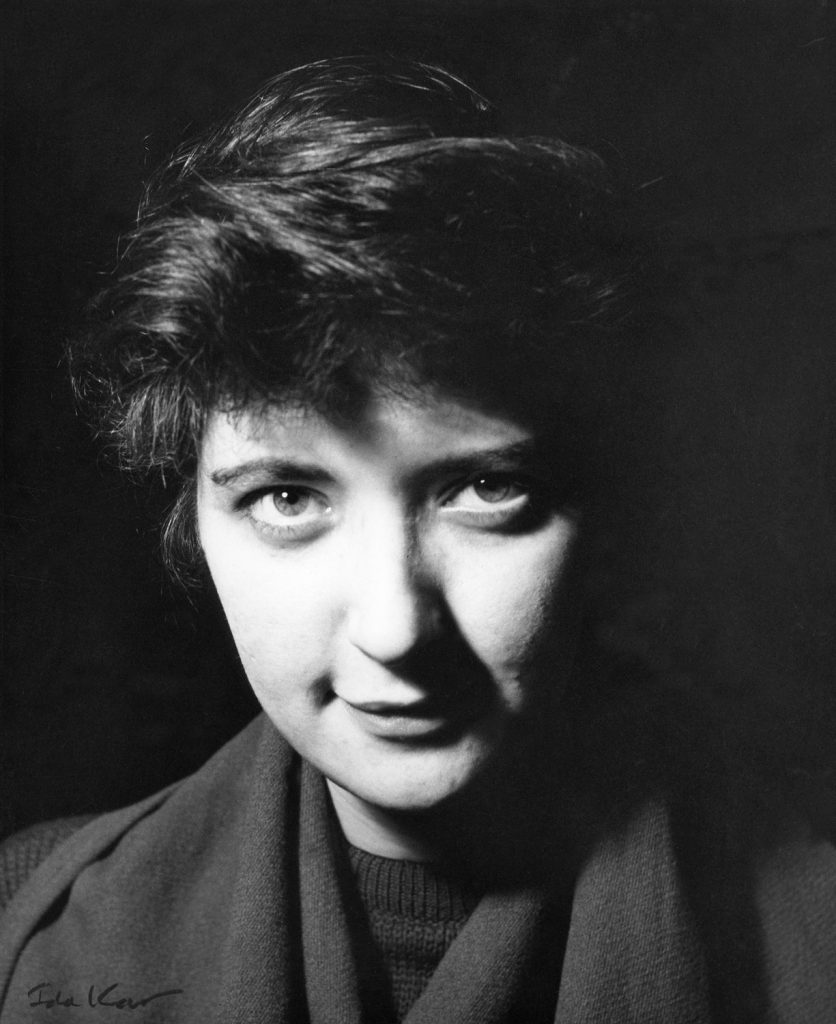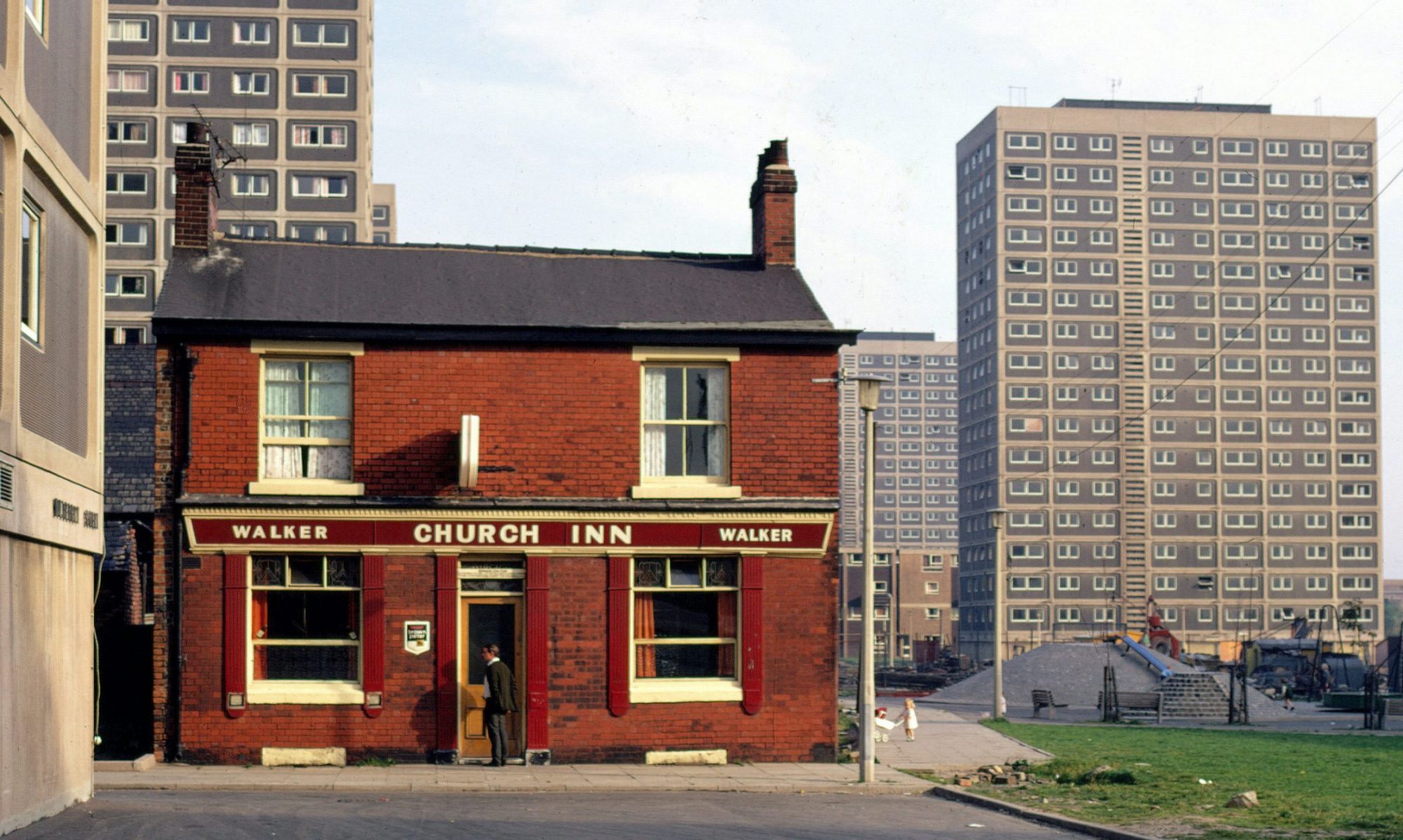This week we are featuring a guest blog from Professor Peter Walker, an architect and academic at the University of Salford.
Tucked away inside Selina Todd’s brilliant Tastes of Honey: The making of Shelagh Delaney and a cultural revolution[1] is a reference to the long relationship she enjoyed with Cedric Price, to whom she was particularly close in the 1970s. But who was Cedric Price?

Well, he was an architect, and an incredibly important and influential one. As a young architect he taught me, and I remember every one of his lectures. Mostly because they opened my eyes to something new, but also, I have to admit, because he had style. He favoured striped shirts with a white collar (yes, those were once fashionable), and he smoked large cigars and drank a glass of claret during his lectures. I don’t know if that was allowed in universities in the 80s, but what was allowed and not allowed was not something Cedric greatly concerned himself with. He had a habit of asking ‘are you with me?’ during his lectures (usually at the point at which he was taking another sip of claret). I took that to mean two distinct things: are you following what I am saying; and are you with me in the sense of ‘are you a believer’ – are you attracted to what I am saying?
Cedric Price built very little but had an enormous influence on many of the great architects he taught and who followed his writing. The so-called High-tech architecture movement: Norman Foster, Richard Rogers, Nick Grimshaw, and many more, were clearly influenced by his ideas. The Centre Pompidou (1977) by Rogers and Piano, one of the most original and celebrated buildings of the 20th century, draws very directly on Cedric’s futuristic sketches.
So in what way was Shelagh Delaney ‘with him’?

The exact nature of Shelagh and Cedric’s personal relationship is a little vague – fine, so it should be, and none of our business. They were at the very least personal friends. Cedric took Shelagh’s daughter Charlotte on architectural walking tours of London – hard to imagine a more engaging and erudite tour guide – what a treat that must have been! And they had an architect/client professional relationship. In the Cedric Price Archive held by the Canadian Centre for Architecture, alongside the New Aviary for London Zoo (built, 1960), Pop-Up Parliament London (unbuilt, 1965), The Potteries Thinkbelt (unbuilt, 1964) and Phun City (unbuilt, 1965), is a reference to a ‘basement extension for Shelagh Delaney’. It is not clear if this was ever built, and I’m not sure that in the greater order of both their lives, that matters.
But it is not in the personal or professional sense that I am interested in how Shelagh was ‘with him’. I am interested in their cultural relationship (if you like); as two people who it seems to me had an influence at the time disproportionate to their output. Neither were prolific in writing or building, but they both sat behind our eyes and showed us a fresh and new way of seeing things
They were both very much part of the 60/70s London arts scene: but were both emigres from the provinces – Shelagh from Salford, Cedric from Stone in Staffordshire. And both, it seems to me, had that slight doubting suspicion that comes from not being born to and raised in a particular group. And this place on the edge of course kept them even more original.
Both Cedric and Shelagh questioned and challenged the world the found around them. Cedric challenged established way of ‘doing architecture’ – his Potteries Thinkbelt envisaged a moving university that moved and stretched across the Five Towns. Shelagh’s writing (to quote Todd) ‘challenged the fifties feminine ideal’, amongst many other things.
Measured by their relatively modest output, it would be easy to see both as footnotes to a particular time in British society and culture – but that would be to mistakenly underestimate their influence. The ideas Cedric and Shelagh explored and explained were new and original, but were definitely not ephemeral – they are still very much with us. Do you see that? Are you with me?
[1] Todd S (2019) Tastes of Honey: The making of Shelagh Delaney and a cultural revolution, Chatto and Windus, London


